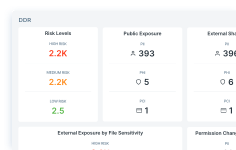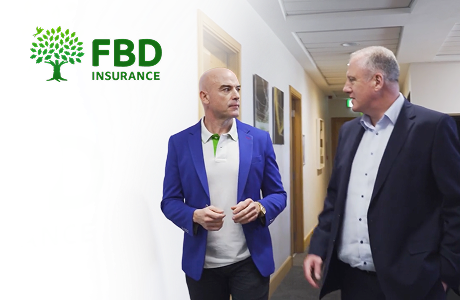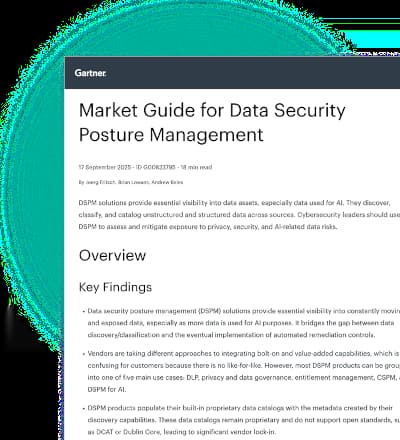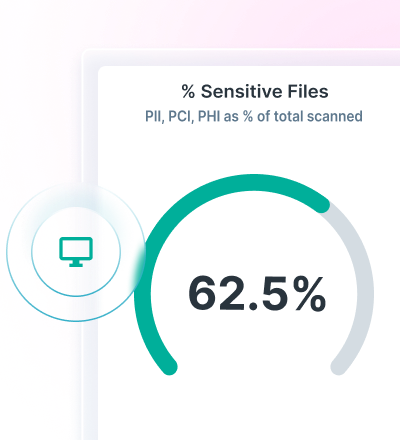X-Labs
Get insight, analysis & news straight to your inbox

Go Slow to Go Fast: The New AI Playbook for IT Infrastructure

Jonathan Knepher
December 15, 2025

Agentic AI: Securing a New Generation of Digital Actors

Nick Savvides
December 8, 2025

Invisible Prompts Turn AI Summaries into Attack Vectors

Prashant Kumar
November 17, 2025

How AI is Fueling a New Wave of Black Friday Scams

Lydia McElligott
November 14, 2025

Inside the AI Cybersecurity Arms Race

Jyotika Singh
October 17, 2025

X-Labs Q3 2025 Threat Brief: Obfuscated JavaScript & Steganography Enabling Malware Delivery

Mayur Sewani
October 8, 2025

XWorm RAT Delivered via Shellcode: Multi-Stage Attack Analysis

Prashant Kumar
September 26, 2025

Odyssey Stealer: ClickFix Malware Attacks macOS Users for Credentials and Crypto Wallet Details

Prashant Kumar
August 7, 2025

The New Face of Remcos: Path Bypass and Masquerading

Mayur Sewani
June 25, 2025

Scammers Exploit Tariff Anxiety with Fake Brand Stores

Hassan Faizan
May 15, 2025














